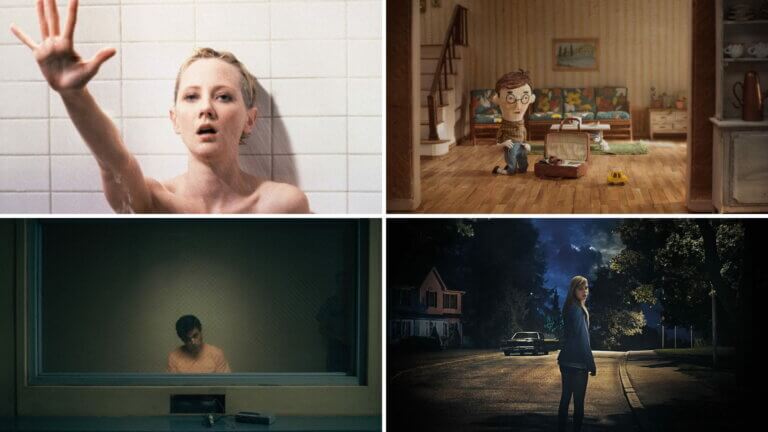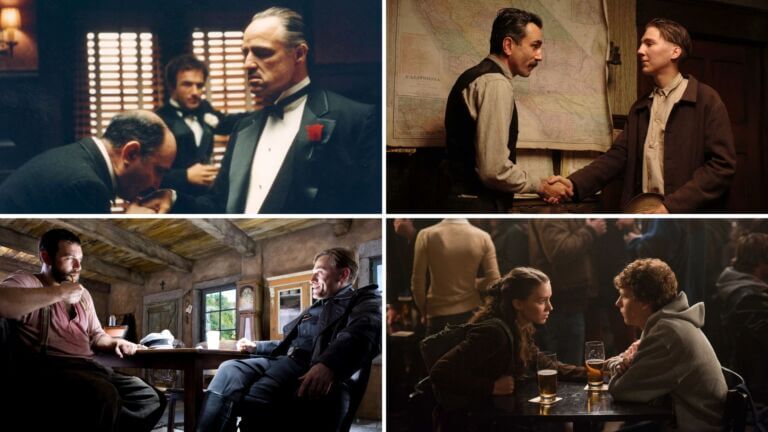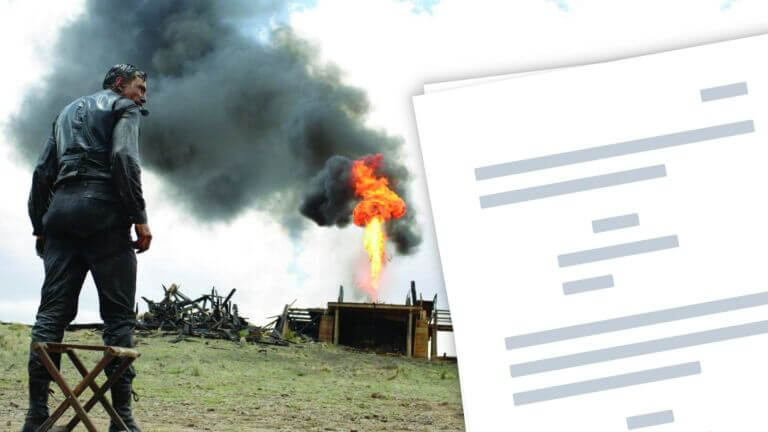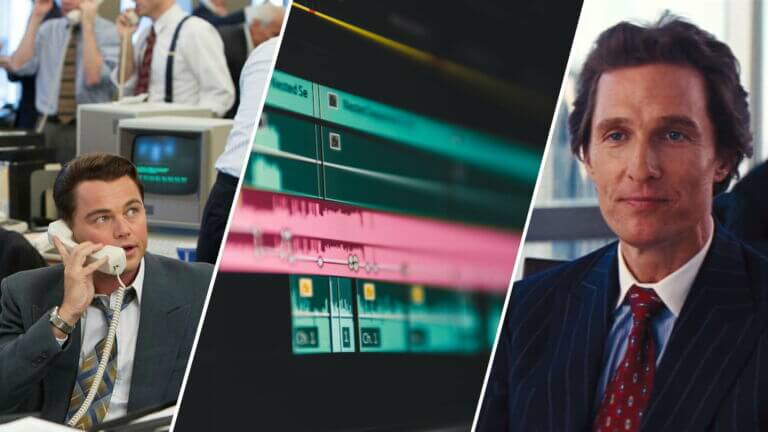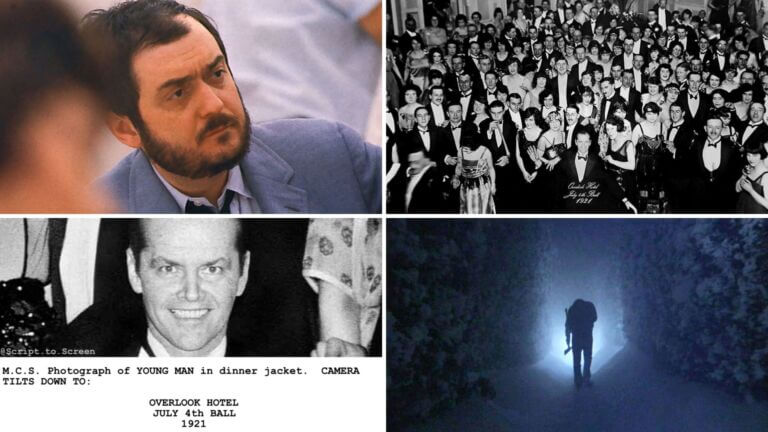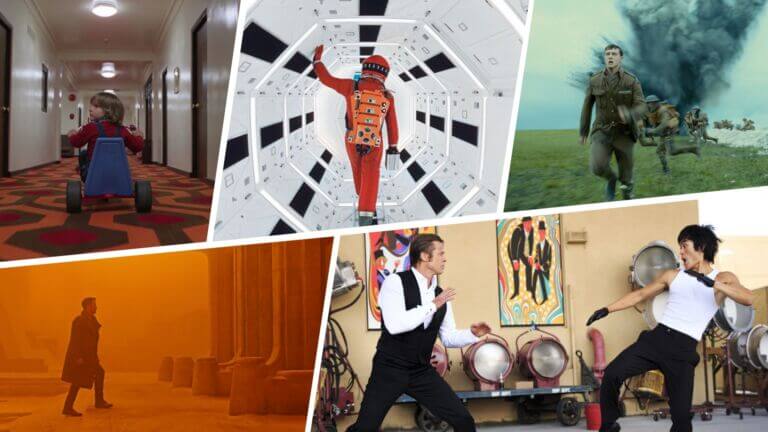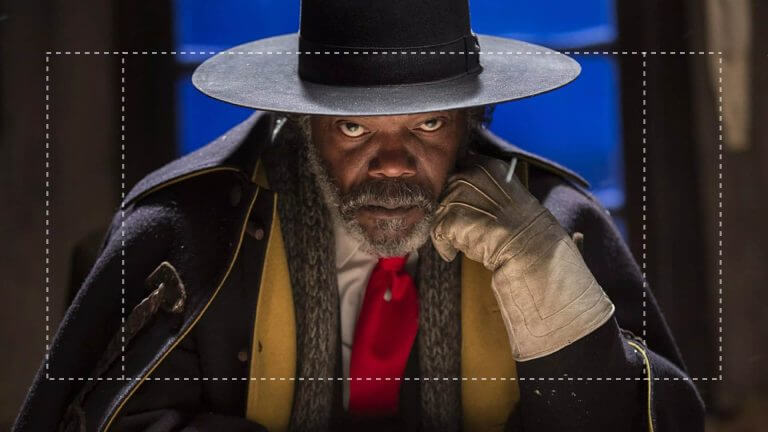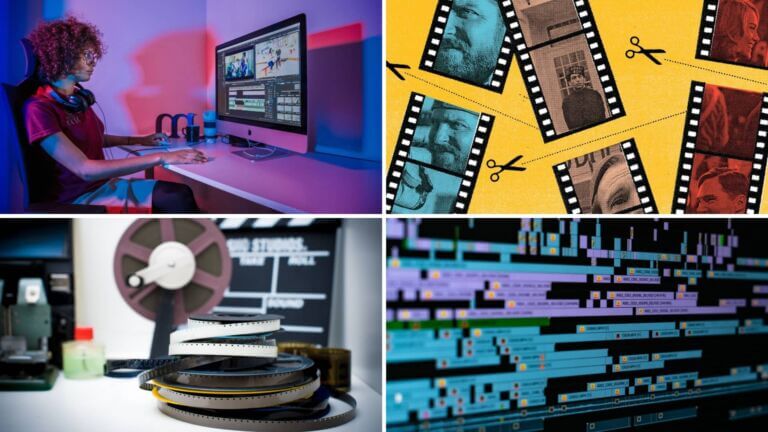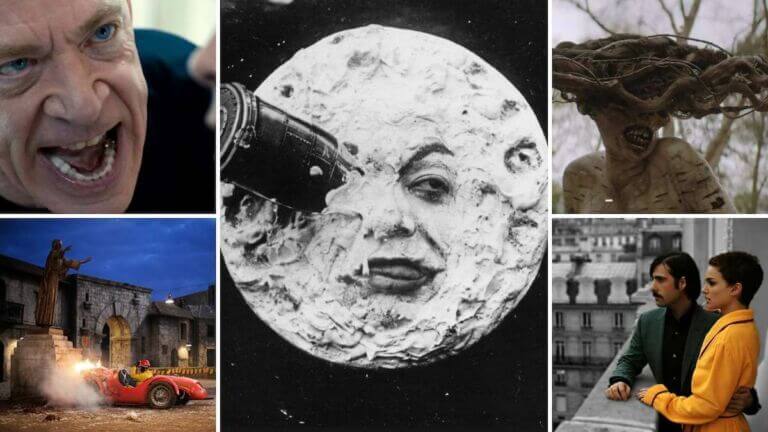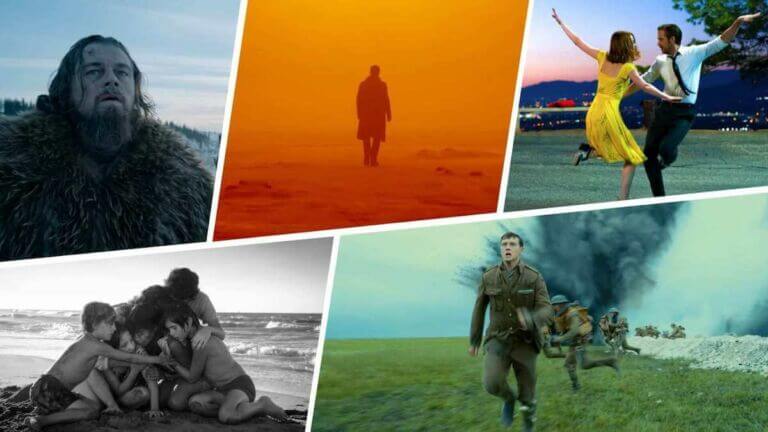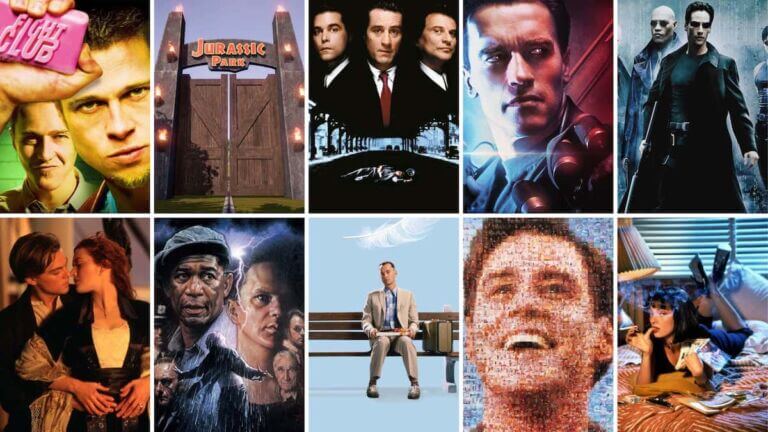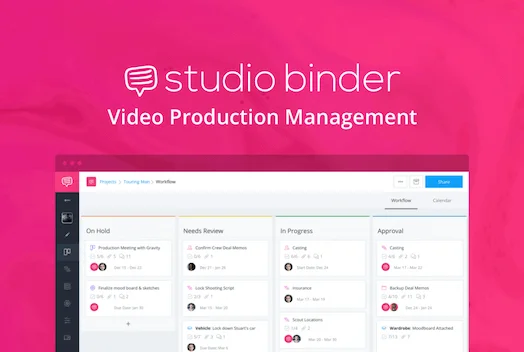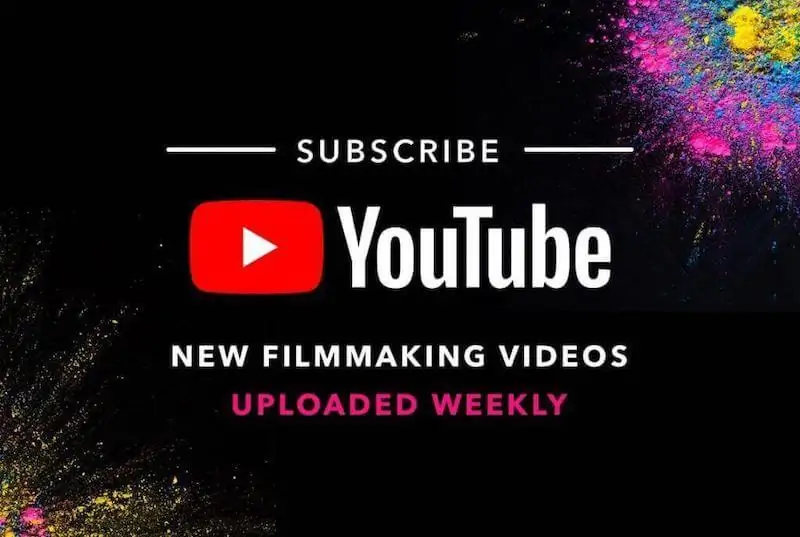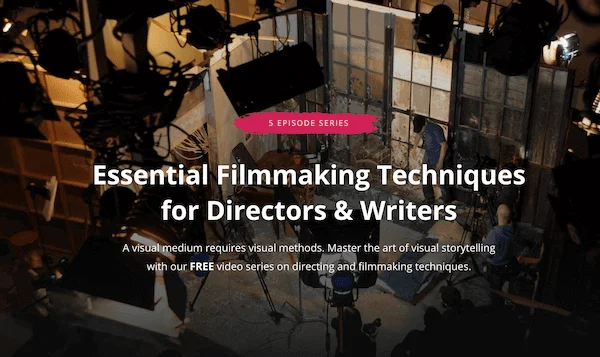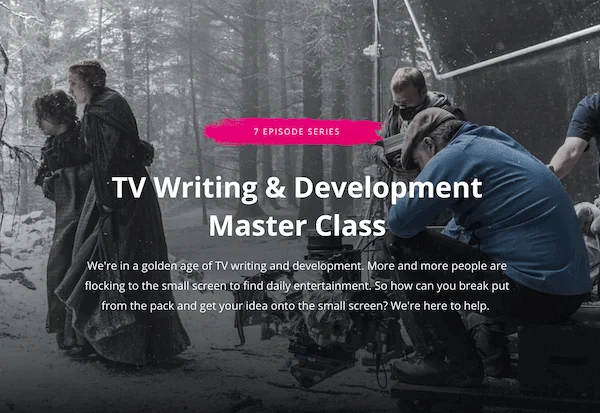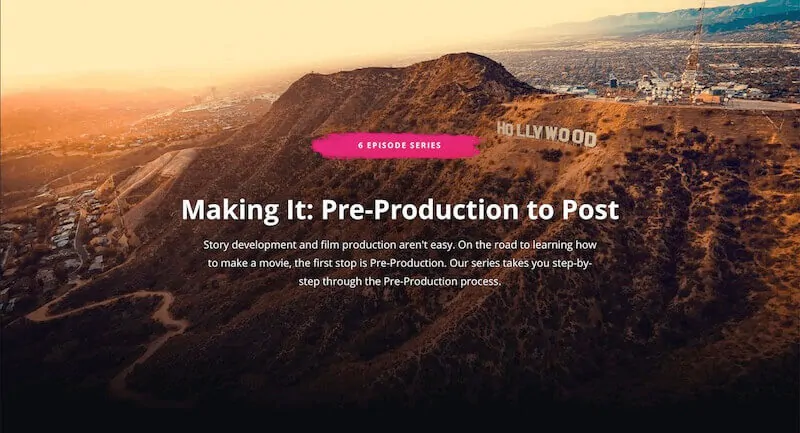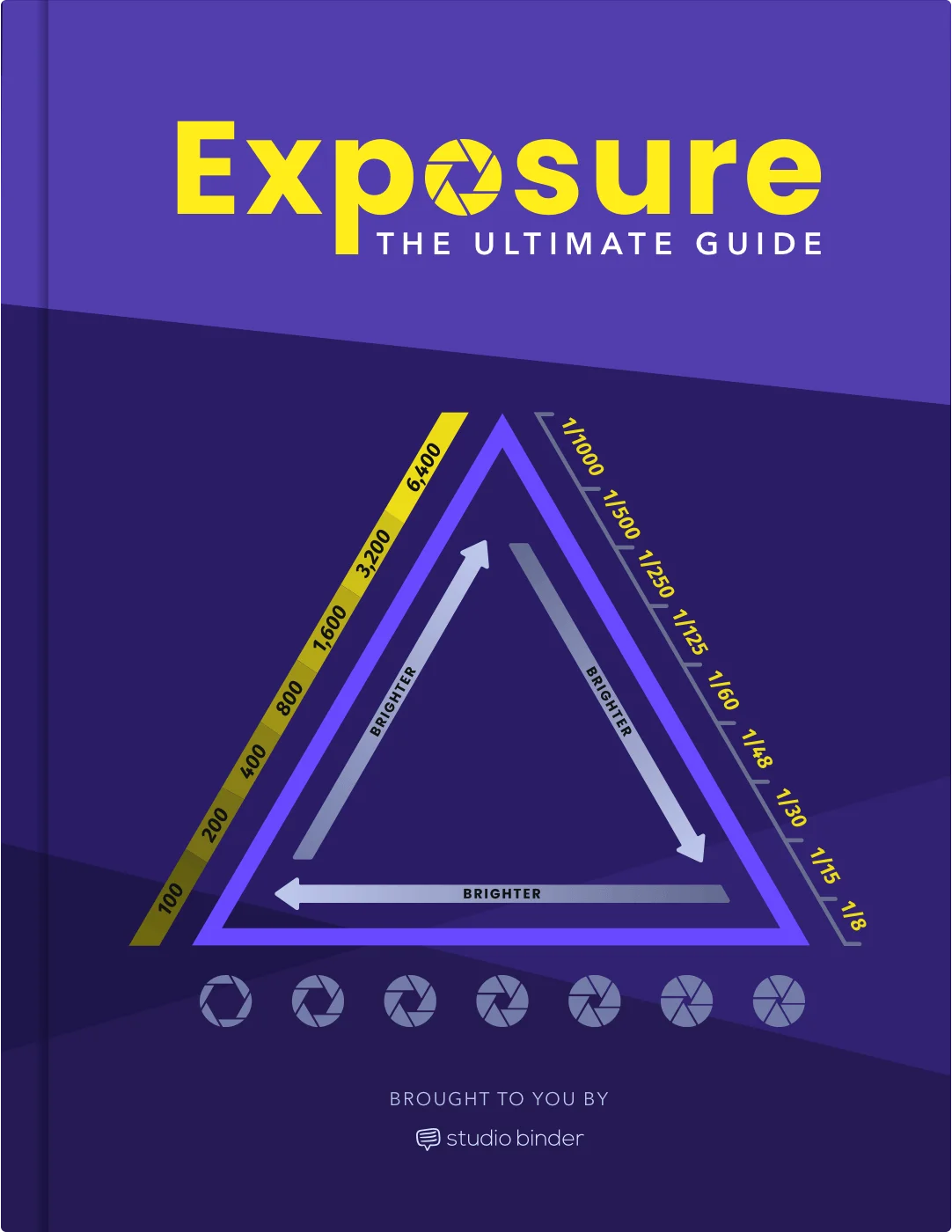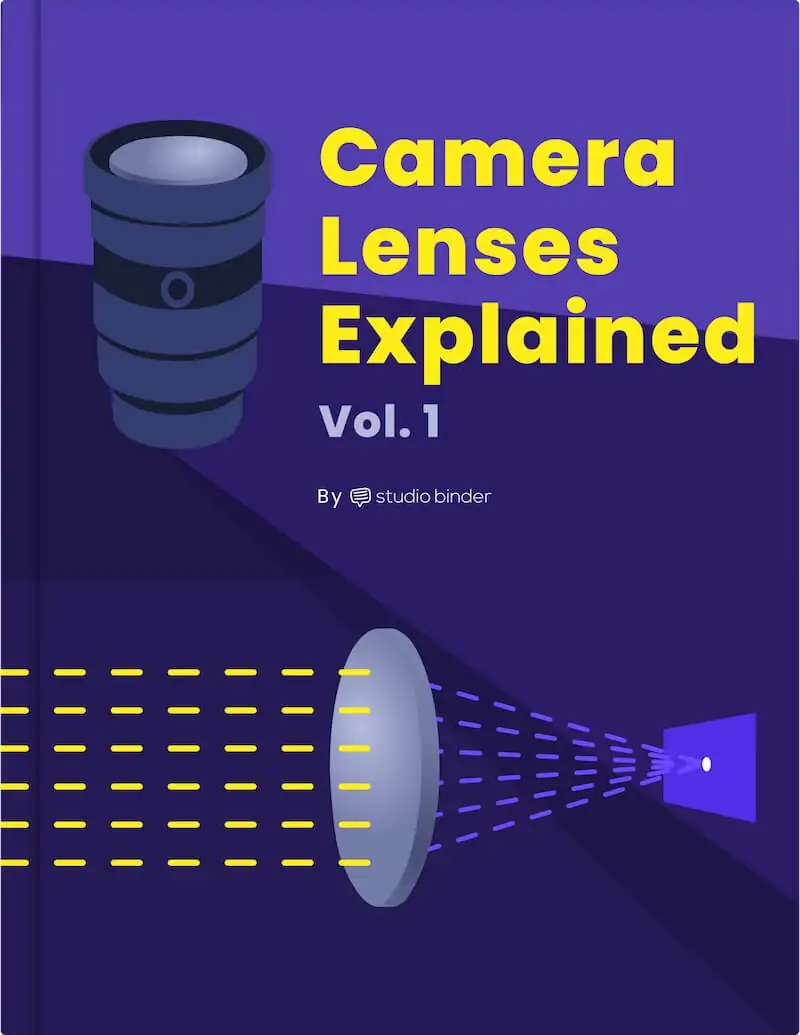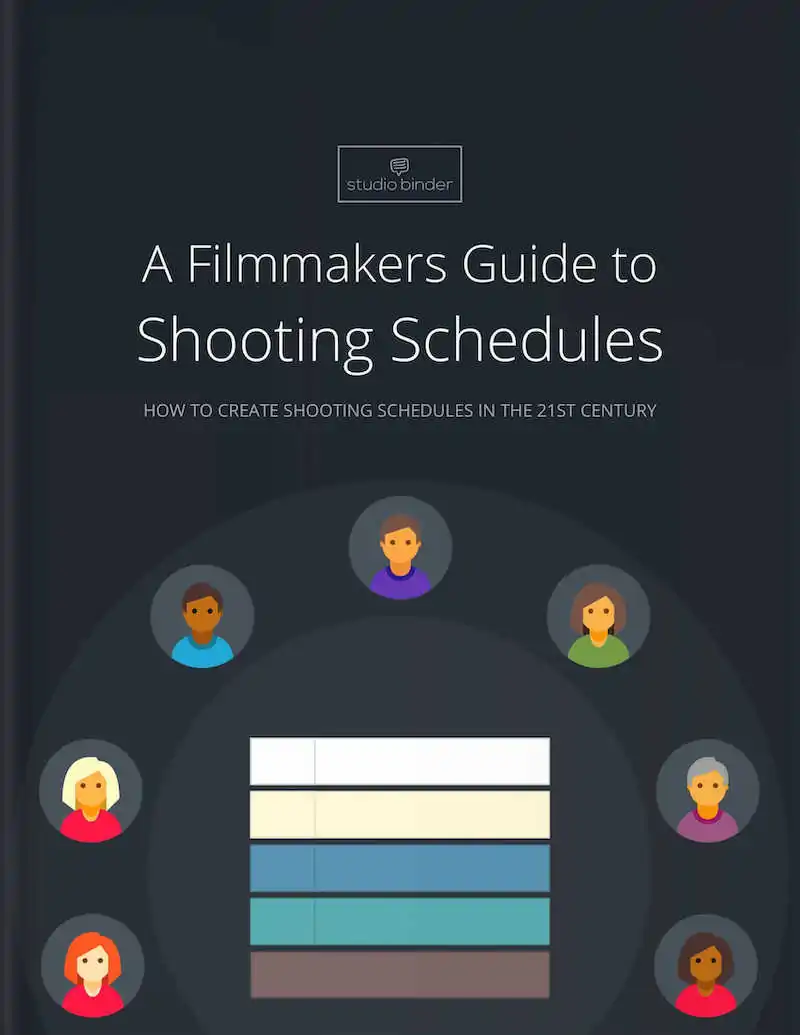Swiss psychoanalyst Carl Jung changed the conversation on psychology forever when he proposed his theory on archetypes and the collective unconscious. But Carl Jung’s proposed archetypes, otherwise known as Jungian archetypes, aren’t just pertinent for psychologists – they’re applicable for storytellers too. So, what are the Jungian archetypes? We’re going to look at these to… Continue reading What are the Jungian Archetypes — Writer’s Guide to Archetypes
Tired of scrolling through Netflix? Feeling lonely? Searching for ‘the one’? No matter what prompted you to Google “best romantic comedies,” by the time you leave, two things are certain: you’ll be inspired to make your own list of favorites and you’ll open up that ice cream tub and turn on the TV. So, without… Continue reading Best Romantic Comedies of All Time, Ranked for Romantics
Truly memorable shots in photography and cinema make a psychological impression on a viewer. These shots often use techniques that intentionally elicit emotions or create a psychological effect. One of these techniques is negative space, a perfect example of less is more. If this sounds counter-intuitive, stick around. We’re going to be taking a look… Continue reading What is Negative Space — Definition, Examples in Art & Film
Great performances, direction, cinematography, and even production design are all essential for creating an engaging dialogue scene. But one of the most important aspects of a great dialogue scene is effective editing. Editing can make or break a dialogue scene even if all of the other filmmaking elements fall into place. So how do you edit… Continue reading How to Edit a Dialogue Scene — Tips and Techniques for Editors
Auteur filmmaker Paul Thomas Anderson is an ideal example of a storyteller that has grown and matured with time and practice. His fifth feature film There Will Be Blood is a capstone to the restrained, yet powerful storytelling ability he has come to possess with time. It also remains his most acclaimed film. What makes… Continue reading There Will Be Blood Script PDF Download & Analysis
S creenplay transitions in cinema have been used ever since filmmakers had the ability to edit. At first, what was a simple cue to an editor of when to cut to another shot or scene has become another tool for a filmmaker to creatively tell a story. Fades, wipes, and match cuts are a few examples… Continue reading How to Write Transitions in a Script — Tips & Formatting
Are you having trouble transitioning from one scene to the next? Maybe you feel like there’s something missing in the cut. Or maybe the cut is just far too abrupt and distracting. Sound bridges are an incredible editing technique that can be found in nearly every film you’ve seen. What is a sound bridge in… Continue reading What is a Sound Bridge in Film — Scene Transition Techniques
There is much debate around the use of shot descriptions within a screenplay. Despite many people discouraging the use of writing shots into a screenplay, there are a plethora of examples of shots being used in scripts of major feature films. Knowing how to write shots into a screenplay is important for any screenwriter, whether you… Continue reading How to Write Shots in a Script — Screenplay Formatting Tips
What is a tracking shot? They are really fun to watch, but difficult to film. We’ve put together a list of the best tracking shots of all time. Then we break down everything you’ll need to consider when blocking and planning a tracking shot in your own projects.Continue reading What is a Tracking Shot? 25 Best Tracking… Continue reading What is a Tracking Shot? 25 Best Tracking Shot Examples
If you’re an aspiring filmmaker, you’ve probably heard the term aspect ratio quite often. Before you shoot even a single frame of your film, you have to decide what aspect ratio would be best. This decision will affect the staging and framing of every single shot going forward. Why? What is aspect ratio, and why… Continue reading What is Aspect Ratio? A Formula for Framing Success
Rhythm in art is often synonymous with music. Tempo, measures, and beat are critical to captivating listeners and building a great song. Rhythm in film editing works in the same way. The audience’s engagement is largely dependent on the pacing of a film. Too slow is boring and too fast makes it hard to connect… Continue reading How Does an Editor Control the Rhythm of a Film?
In psychology, there’s something called the serial position effect. It means people tend to remember what comes first and last, not what occurs in the middle. Filmmakers know this phenomenon all too well. Combine that with today’s stream-ability and countless options… and the opening to a film is as important as ever. Today, we study the best… Continue reading 25 Best Opening Scenes in Movies & What Makes Them Great
There are a lot of intricacies in scripts that present challenges to even the most veteran of screenwriters. The process of writing a script is difficult enough but the vocabulary, abbreviations, and defintions related to the job can be a bit elusive. But don’t worry, we’re going to cover a variety of screenwriting terms that… Continue reading Screenwriting Terms — Abbreviations, Definitions & Vocab
The Academy Award for best cinematography is one of the most prestigious honors bestowed each year at the Oscars. The best cinematography Oscar has been around since the inception of the award ceremony but it underwent a great deal of experimentation and evolution in the early years.Continue reading Academy Award for Best Cinematography — Top… Continue reading Academy Award for Best Cinematography — Top 20 Winners
90s movies may forever be my favorite movies. For whatever reason, whether comedy, drama, or horror, I feel this overwhelming sense of peace when one of my favorite 90s films is on. Is it just nostalgia or do they actually hold up? I suppose that’s always debatable. But there is a thin line between what… Continue reading Best 90s Movies of All Time — An Awesome 90s Movies List
Paul Thomas Anderson movies have evolved over the last two decades. His early films are chaotic and dramatic, built with extreme techniques and extreme performances. His later films have similar intensity, but it is often internal, more intellectual than physical. And his directing style has also become more mature and restrained. So far, P.T. Anderson only… Continue reading Paul Thomas Anderson Movies and Directing Style


